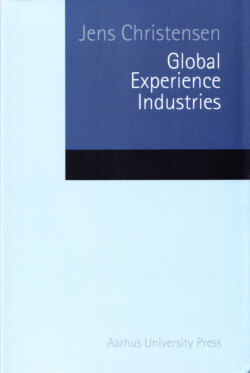Читать книгу Global Experience Industries - Jens Christensen - Страница 19
На сайте Литреса книга снята с продажи.
Mass Tourism in Western Europe
ОглавлениеIn Western Europe, mass tourism was based on the rise of a large package tour industry, charter flights, hotel constructions and the development of sunny mass-consuming destinations along the Mediterranean coasts. The package-tour companies organized travel that included transportation, accommodation and extra services such as sightseeing and entertainment. They were sold as a whole package, and by way of mass purchase of charter tickets from airlines or through their own airlines and hotels at destinations, the operators were able to cut prices considerably. Such package tours arranged by tour operators expanded enormously in Western Europe during the 1960s and 1970s and to some degree in the 1980s.
In Western Europe, the tour operators played the same role for tourism as hotel chains in the US. By developing cheap package tours, they staged and drove mass tourism. They offered the same kind of security and safety as the American hotel chains by selecting rooms and assuming full responsibility for delivering the promised vacation. In particular, package tours were sold to North Europeans in Scandinavia, UK, Germany and the Netherlands, who longed for the warmth of sunny Southern Europe. The package tours enabled millions of north Europeans to travel in a way that pre-war generations never had the opportunity to do. The reason why packed tours broke through in Western Europe, unlike the US, is also that the European wage earners had much longer vacations than their American counterparts and therefore were able to take longer vacations.
Charter flights were the precondition for cheap package tours. Charter tickets were linked to certain routes and bought at discount prices long in advance of the summer vacation, allowing for a hundred percent load factor. Charter flights broke through at the same time as jet airlines and mass air transportation in the 1960s. Just like American hotel chains, the tour operators mass produced identical products at low costs and prices, according to the predominant Fordistic way of organizing business activities at that time. Two-thirds of the world charter traffic took place in Western Europe compared to just one-third in the United States. This trend continued and expanded during the 1970s and the 1980s when charter flights constituted one-third of total international air transportation. In Western Europe, Spain was the most popular destination of charter tourism, while the Caribbean and Hawaii occupied that position in the US. A third but smaller wave of tourists crossed the Atlantic.
Even though mass tourism developed differently at the two major markets of the world, both were managed in the same way. Both produced the same services to an undifferentiated group of mass tourists. Economies of scale and standardization were achieved by way of hotel branding in the United States and vacation branding in Western Europe. In the US, the hotel brands were, for example, Holiday Inn and Hilton Hotels, while the leading European tour operators included Nouvelle Frontiers in France, Thomson Holidays in UK, Jahn Reisen in Germany, and Tjaereborg Rejser and Spies Rejser in Denmark. Mass production was achieved by way of large airlines and hotels corporations in the United States and the enormous flight and hotel buying power of package tour operators in Western Europe.
